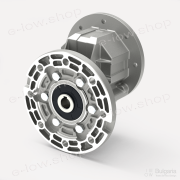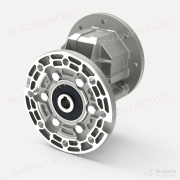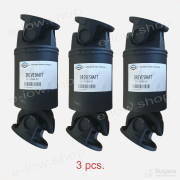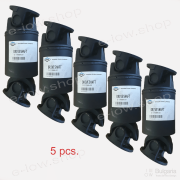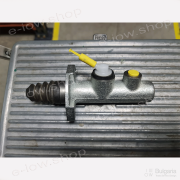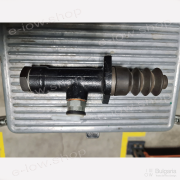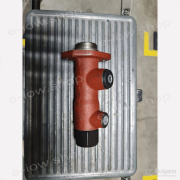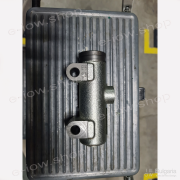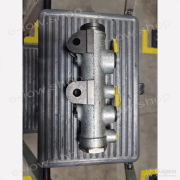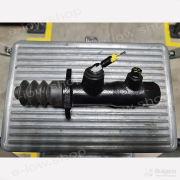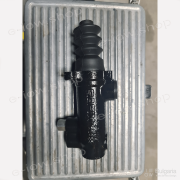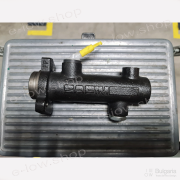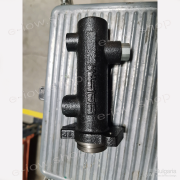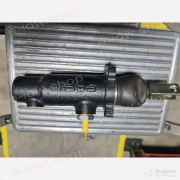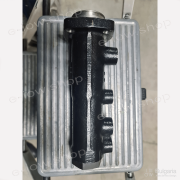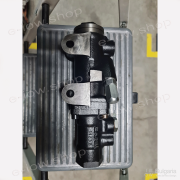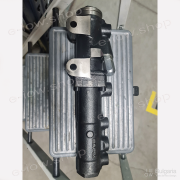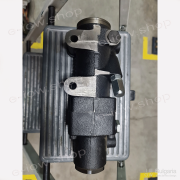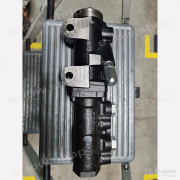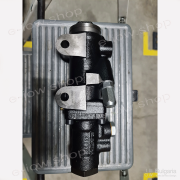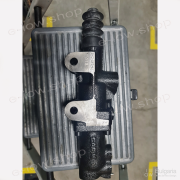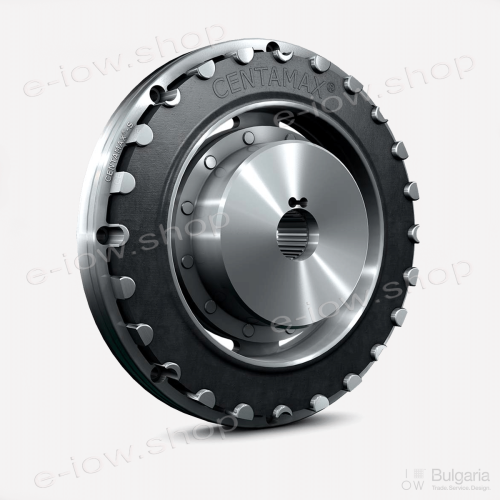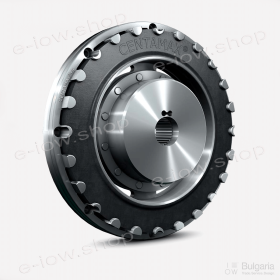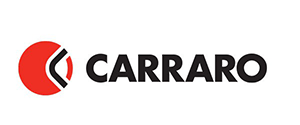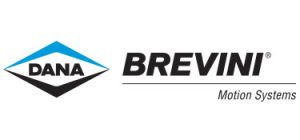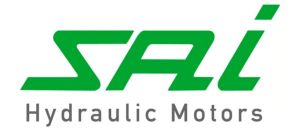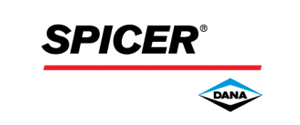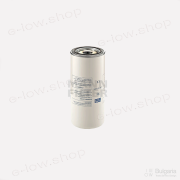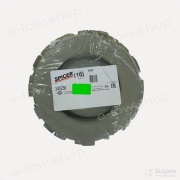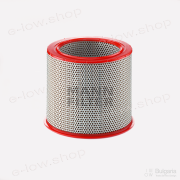Centamax size 18000-SC-75 Shore
-
Code:5700001295
-
Weight:4.555 Kgs
Being a robust coupling with high torsional flexibility, CENTAMAX is the best choice for a safe resonance-free operation of drives susceptible to torsional vibration.
• The torsional elasticity of this steady selling design shifts critical resonances below operation speed. The drive thus is subject to minor continuous vibratory torques, protecting coupled units. The CENTAMAX convinces by efficient ventilation: the high thermal capacity (HTC) design features a superior allowable power loss compared to conventional couplings. This not only ensures a long lifetime, but also the use of smaller cost effective coupling sizes in many cases. • TORSIONAL ELASTICITY - The rubber elements for the CENTAMAX are available in different degrees of Shore hardness. This enables the torsional flexibility of the couplings to be adapted with utmost variability to the specific application. Torsional vibrations and impacts are reliably dampened and resonances shifted to uncritical ranges. • VENTILATION - All CENTAMAX couplings are effectively ventilated. The HTC-coupling type features a superior allowable power loss compared to conventional couplings. • PROTECTION - It's better to bend than to break: upon extreme load by mal-synchronisation or • in case of short-circuits the coupling slips through. The protects engine and coupled units from overload. • ASSEMBLY - Many couplings of the CENTAMAX Series are available as plug-in versions for axial assembly offering a minimum mounting effort. The hubs can be customized to any kind of mounting and application condition. • QUALITY - When the going get’s tough, quality is priceless. With an exemplary Quality Management, CENTA ensures products that withstand the roughest assignments. CENTA’s coupling systems are more than the sum of their parts. CENTA entertains the vision of intelligent products that meet the highest requirements in terms of design and quality. • The CENTAMAX rubber elements are made of high quality natural rubber or silicone - for high ambient temperatures. Our synthetical elastomer CENTALAN HT (high temperature) material is developed to meet the dynamic characteristics of natural rubber mixtures. With CENTALAN • HT applications subject to operation in critical high temperature can be operated at ease. Cost effective silicone elements can be substituted. This new development ensures effective resistance to UV-light, ozone and oxygen as well as chemicals, steam and hot water. • Longer operation times and life cycles are possible due to the improved aging resistance of the elastomer. Typical areas of applications are encapsulated drives subject to high temperatures. • Temperature range: • NR –45° to + 80°C • Si –45° to + 120°C • CENTALAN HT –25° to +100°C, short termed +120°C • Type S - Transmission of the torque to the rubber element by the means of an interlocked outer part. Very reliable design for the transmission of high torques with compact dimensioning. Available with CENTALAN HT elastomer and for flywheel-flange or shaft-shaft connection as well as with CENTALOC clamping system. Various special designs can be met on request. Plug-in version for easy assembly. • Type G - Developed for torsionally active generator drives. Transmission of the torque to the rubber element by the means of an interlocked outer part. Available with CENTALAN HT elastomer. Equipped with a taper lock bush for easy and fast assembly. Generator connections according DIN 6281. Plug-in version for easy assembly. • Type HTC - Optimized for even higher allowable power loss. Transmission of the torque by the means of an interlocked outer part to a lean and split rubber element. For the transmission of high torques. Available with CENTALAN HT elastomer. Allows for the use of small couplings for many applications and plug-in assembly. • Type B - Specially designed for free mounted drives. Backlash-free torque transmission via a steel flange onto a precompressed rubber element. For the transmission of medium torques. Available with CENTALAN HT elastomer and as flywheel-shaft or shaft-shaft connections. Radial exchange of the elements without the need to remove coupled units is possible.

